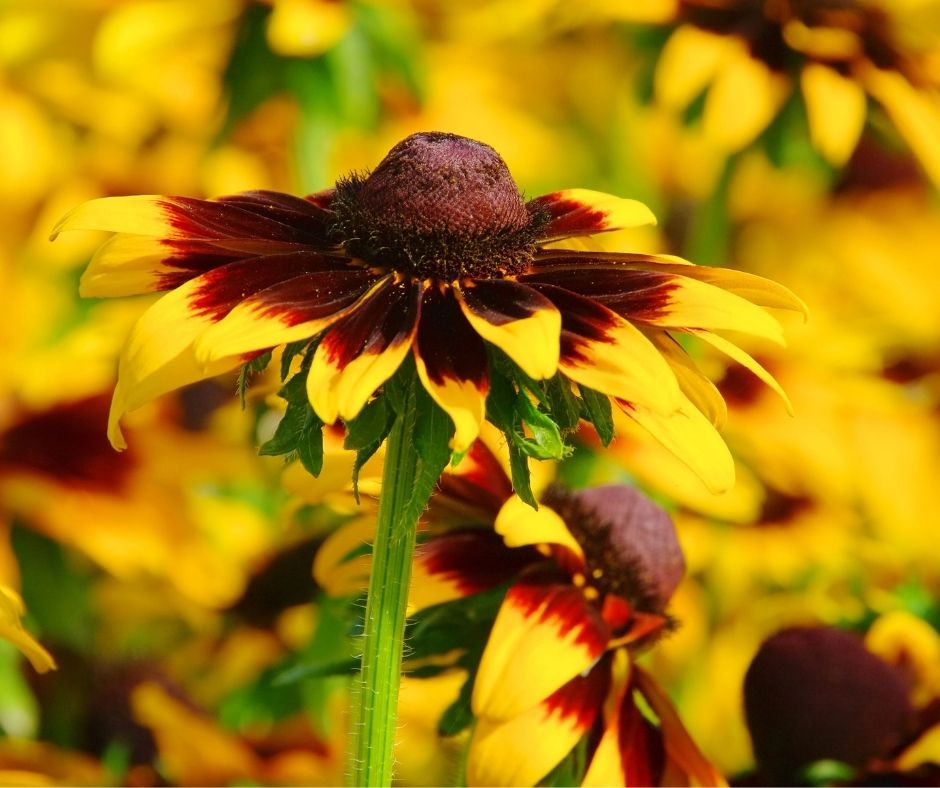Last Updated on January 15, 2022 by Sam
Black-Eyed Susans are a type of flower with four petals that have some spines on the edges. It is not clear where they originated, but there is evidence to suggest that black eyed susan plants may be native to the Mediterranean region. They were mentioned in “The Odyssey” and later became associated with witches because of their association with Aconite (also known as Wolf’s Bane), which was thought at one time to possess magical properties.,
Black-eyed Susans are a type of plant that spreads by underground stems. In order to keep them from spreading, you can dig up the plants and destroy the roots.
Do I cut back Black Eyed Susans in the fall?
A: Black Eyed Susans are a perennial plant that will grow back year after year. It is best to cut them down in the winter when they have died off and the ground has frozen, but you should not worry about cutting them back in the fall as they will still be growing.
How do you winterize black-eyed Susans?
A: It is best to cut the stems off and place them in a bucket of water. Then, you should add a layer of peat moss or sand on top of the soil. Lastly, you can put a layer of mulch over the soil to help retain moisture.
Are black-eyed Susans poisonous to dogs?
A: The black-eyed Susan is a perennial herb that grows wild in North America. It has been used as a medicinal plant for centuries and is still used today to treat many ailments, including diarrhea, dysentery, fever, and pain. There are no known poisonous components of the plant.
What bugs are attracted to black-eyed Susans?
A: Black-eyed Susans are a type of plant that is known to be attractive to many different types of insects. They are also known to attract aphids and other insects that feed on the sap from these plants.
What flowers pair well with black-eyed Susans?
A: Black-eyed Susans are a type of flower that is often found in gardens, so they pair well with many other flowers. Some popular flowers to pair with black-eyed Susans include daisies, dahlias, and tulips.
The “black-eyed susan leaves” is a plant that spreads by seeds. The plant has black eyes and white petals. It’s also known as the false lily of the valley.
Watch This Video:
Related Tags
- is black-eyed susan a perennial
- do black-eyed susans need full sun
- black-eyed susan in pots
- what do black-eyed susans look like when they first come up
- how to deadhead black-eyed susans
